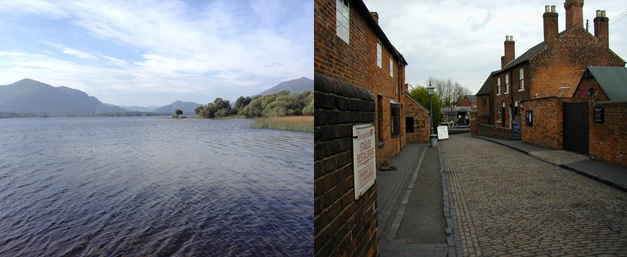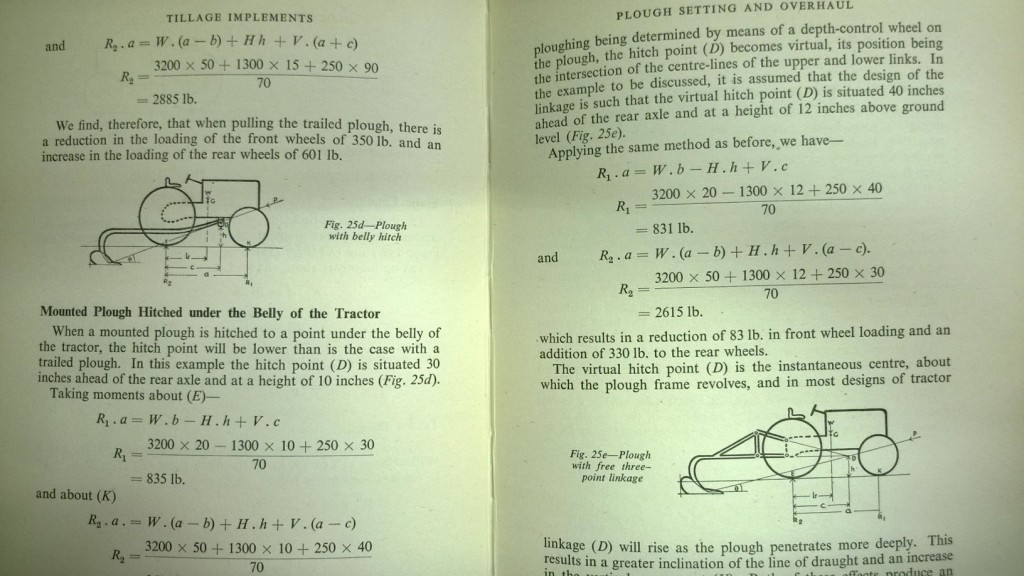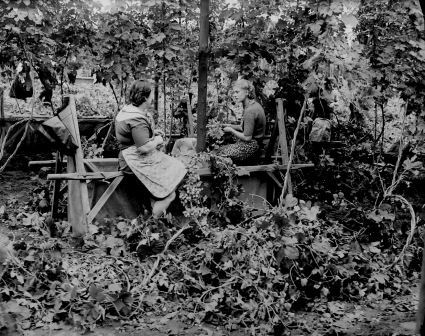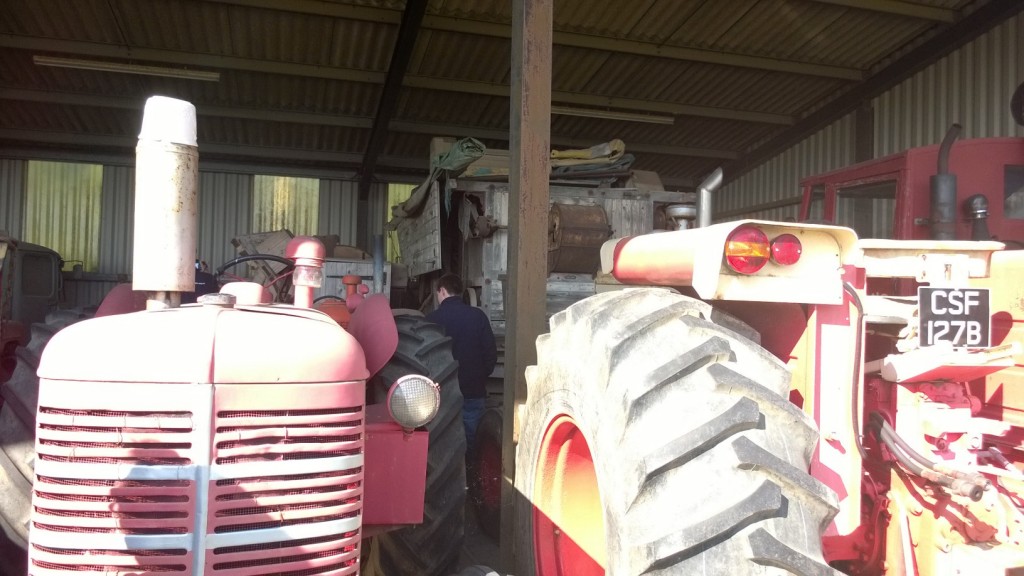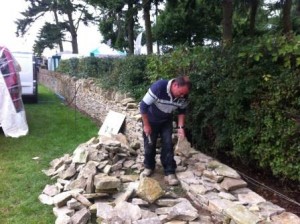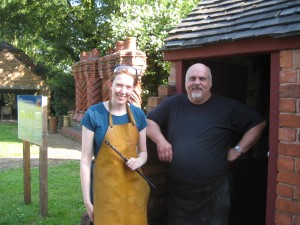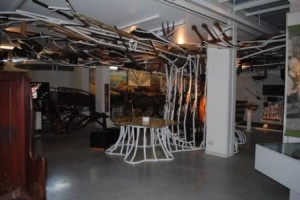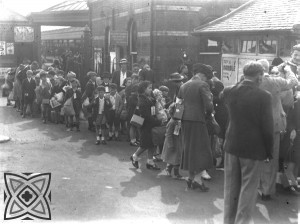I spent last Thursday to Sunday in Killarney, Co. Kerry, at the annual conference of the Society for Folk Life Studies. Having just assumed that, in Ireland in September, it would probably be raining, I turned up with waterproof and boots, only to find the entire weekend was hot and sunny! The conference was held at the beautiful Lake Hotel in Killarney and Muckross House, a heritage site which includes a stately home, traditional farm and working craftspeople. (And two adorable Irish wolfhounds called Sadhbh and Saoirse – alas, too big for Ryanair hand-luggage).

The conference’s beautiful setting at Killarney. And of course, Sadhbh and Saoirse! (Images by the author)
The conference proper began on Friday morning with papers covering such topics as the impact of people on landscape, Kerry calendar customs and the 1930s Irish Schools’ Folklore Collection Scheme. I was also particularly interested to hear Brian Coakley and Deidre McCarthy’s paper The folklore and folklife of a section of the Kerry Way. Their project used mobile technology to make folklore/life content available to tourists walking the Kerry Way trail and I found it interesting to compare their experiences with MERL’s A Sense of Place project and our similar experiments with mapping and mobile technology.
Friday afternoon saw us on a tour of Muckross House and Traditional Farms. The farms contain a number of authentically re-created buildings such as a labourer’s cottage and a strong farmer’s house and barn, as well as traditionally grown crops and reared livestock. We saw a number of demonstrations including blacksmithing and straw-rope making, and were able to try soda bread made in the cottages with unpasteurised milk from the farms’ cows.
The after-dinner entertainment on Friday included a surprise performance from a local ‘Biddy Group’, a St. Brigid’s Day custom we had heard about from Patricia O’Hare in the morning session which involves local group rivalry, dressing up and disguise, music and dance, and the collection of funds from well-wishers (traditionally used for a feast but now more commonly collected for charity).
Saturday morning’ papers informed us about the conservation of the Kerry bog pony, the archaeology of Irish bog butter and understanding nineteenth century Irish marriage traditions through art. Our afternoon excursion took us to Ross Castle, the ancestral home of the O’Donoghue clan on the shores of Lough Leane, as well as Aghadoe ecclesiastical remains, Ogham stones at Beaufort and the scenic Gap of Dunloe. In the evening we were treated to a wonderful dinner and night of Irish folk music, dance and storytelling in the strong farmer’s house at Muckross.
The weekend’s final papers covered the history of the creamery in rural Ireland, farming and the landscape and the traditional music of North Kerry. The conference was action-packed from start to end and by the end I felt ready for a holiday just to recover, but the varied papers, fascinating excursions, stimulating conversations and beautiful setting made the exhaustion well worth-it! Next year’s conference will be held at the Black Country Living Museum in Dudley, and based on this year’s experience, I will definitely be attending.


